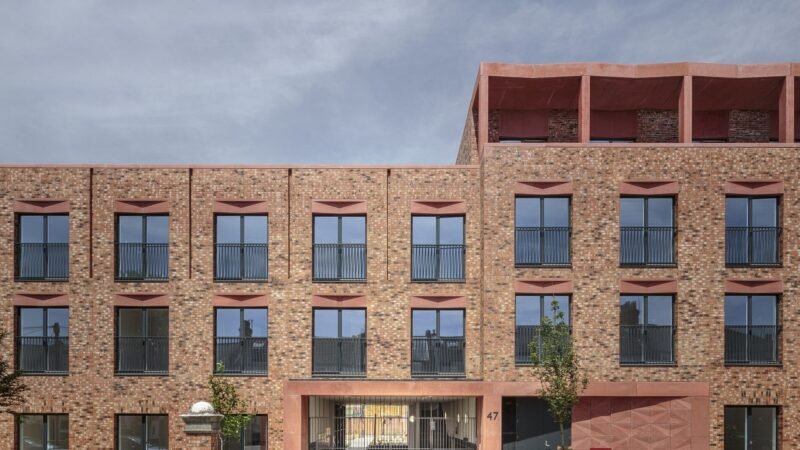Emergency Housing In No More Than 5 Hours
Last weekend, the most talented Dutch graduates in the creative sector, aka the HOT100 2013, came together to combine all of their brain power during the HOT100 Days in The Hague under the supervision of The New Institute. We had the chance to meet some of them and we could not help but to notice one particular project by the recent graduate cum laude from Delft University of Technology Pieter Stoutjesdijk who has created a design for emergency housing that can be set up within astonishing 5 hours only.
As you might have noticed, we have always been big fans of great ideas that help people in need, especially those who have lost everything. Disasters, natural or man-made, can struck anywhere and anytime and no one is really ever safe from it. Once you are struck by a disaster, unfortunately, there is not much else to do than to turn the page and to begin a new chapter. In many cases, this involves building a new home. In the past, we have already covered various examples for emergency housing ranging from the WikiHouse over IKEA to other architectural designs. Now, we can add another great solution to this wonderful list.

In response to Haiti’s earthquake in 2010, where millions had lost their homes, Stoujesdijk was challenged to build a housing system that would require only a minimum time frame for its construction so great quantities could be produced and quickly distributed to the homeless. His solution: A CNC milling machine that laser-cuts the required 2484 parts out of fiber board for a house that can be assembled without any external material as the parts are simply slid together thanks to friction fit, a technique somewhat similar to Lego blocks or click furniture. To make the fiber board more weatherproof it receives a special coating in order to ensure a lifetime of at least fifteen years.

Besides being probably the fastest-built house in the world, Stoujesdijk’s open source emergency shelter is in every way designed for the tropical climate in Haiti. It comes with a large overhanging roof for extra shade, a high ceiling for good ventilation, a porch and a parabolic roof that can collect rainwater. In addition to that, water is running through a tube on its roof top so it can be heated up by both the sun and mirrors, which are fixed to the ends of the bent roof. “With this system inhabitants can receive steam, electricity and clean drinking water”, Stoujesdijk explains. In fact, this more-than-a-quick-fix housing can provide enough potable water for all of its tenants and can deliver ten times more electricity than the average Haitian family currently consumes.

The technology behind Stoujesdijk’s emergency housing is currently being tested in Rwanda on ultimately 25.000 houses, though, there the exterior consists not of fiber board but of sheer stone because “Rwandans simply like them better”. Nonetheless, the bulk of the remaining parts is still made up of the digitally fabricated components. Professor Thijs Asselbergs, who functioned as Stoutjesdijk’s supervisor, is impressed by the graduate’s work and predicts that computer-controlled milling will soon lead to a second kind of industrial revolution where mass production is replaced by mass customization.
 This article belongs to a series of posts on The New Institute’s HOT100 2013, this year’s selection of the most talented graduates in the fields of media, art and technology. In a special series of articles Pop-Up City highlights the best what the Dutch creative scene has in store for the upcoming years.
This article belongs to a series of posts on The New Institute’s HOT100 2013, this year’s selection of the most talented graduates in the fields of media, art and technology. In a special series of articles Pop-Up City highlights the best what the Dutch creative scene has in store for the upcoming years.



